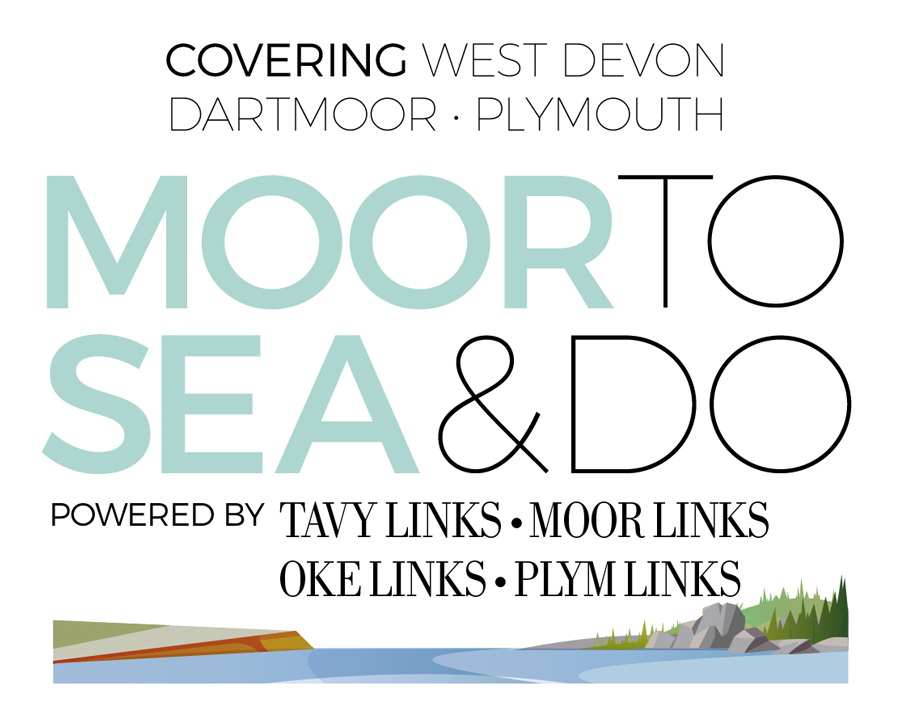
Chris Chapman
Bill Murray
Bill Murray by Chris Chapman
The story of how Bill Murray has kept alive the tradition of unaccompanied singing is worth setting down as a piece of history in its own right. For over 50 years he has sought out the voices of people who have knowledge of old songs and traditions. He is a consummate performer and his contribution to the story of Dartmoor song immeasurable.
We often mourn lost traditions, never seeing their value until they are gone, but Bill recognises these country ways for the gems they are and is passionate about keeping them relevant today. In 2011 this work was recognised when he received the Dartmoor Society award for ‘for nurturing the craft of Dartmoor song’.
Many are surprised to learn that he is not a native of the area but came here as a boy from London.
‘I became aware of the significance and importance of the Dartmoor landscape and culture in the 1960s when I was a student at Okehampton Grammar School,’ said Bill. ‘I took part in the Ten Tors Challenge in 1967 which was a great introduction to walking all areas of the high moor.’
While at school he became interested in folk singing and playing the concertina. He could be heard on most Monday evenings singing at The Plume of Feathers in Princetown. Meeting the famous Dartmoor musician and singer Bob Cann in 1968 introduced Bill to the older generation of singers, musicians, step dancers and storytellers at a time when many of the ancient traditions and the culture associated with the northern slopes of Dartmoor were fast disappearing.
Bill met his wife Carolyn Alford at a Bob Cann square dance in Throwleigh in 1971. Carolyn’s family had farmed Ensworthy in Gidleigh for many generations and her father David was the well known Dartmoor Bone Rattler. Bill’s family connections with the land and with farming traditions give him a deep understanding of the land management issues that we face today, and as such he is a great ambassador for the Dartmoor Society.
More recent work to bring Dartmoor’s singing and entertainment culture to modern audiences, stemmed form his work gathering archive film footage about traditional farming in times before electricity and modern machinery, and the ways that people entertained themselves when owning or renting a television was uncommon.
A request from John Bartlett, of Westward Television in 1978, resulted in an evening of dialect entertainment at Fingle Bridge - the Devon dialect is another of Bill’s abiding interests. The resulting film was so well received that the following year Westward TV engaged him to produce an hour-long programme of Dartmoor entertainment at Gidleigh Village Hall, and this was also filmed. The line-up included many well-known characters including Bob Cann and the Pixies, Ned and Martha ‘Annaford, Dave Alford and The Kelly Quarry Blasters. These were known as the ‘Dartmoor Entertainers’ and they continue, in one form or another, to this day, presenting a mixture of archive film and live entertainment in village halls across the moor and continuing the tradition to the joy of modern audiences.
Bill has been a member of the Dartmoor Society since its inception in 1998. As well as being a highly practical and farsighted leader, organising events is in his blood; he has been actively involved in the Dartmoor Folk Festival for 36 years.
Holding public events has always been an important way in which the Dartmoor Society tries to spread the word about the pressing issues that are relevant to Dartmoor, and Bill has a solid background of engaging in debate about the decisions that face Dartmoor farmers, environmentalists and the public bodies who must take responsibility for managing this landscape.
More information about the Dartmoor Society can be found on their website www.dartmoorsociety.com
By Caya Edwards

